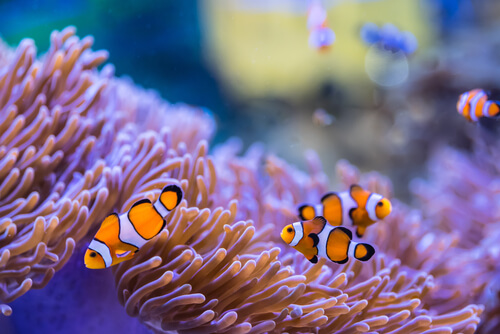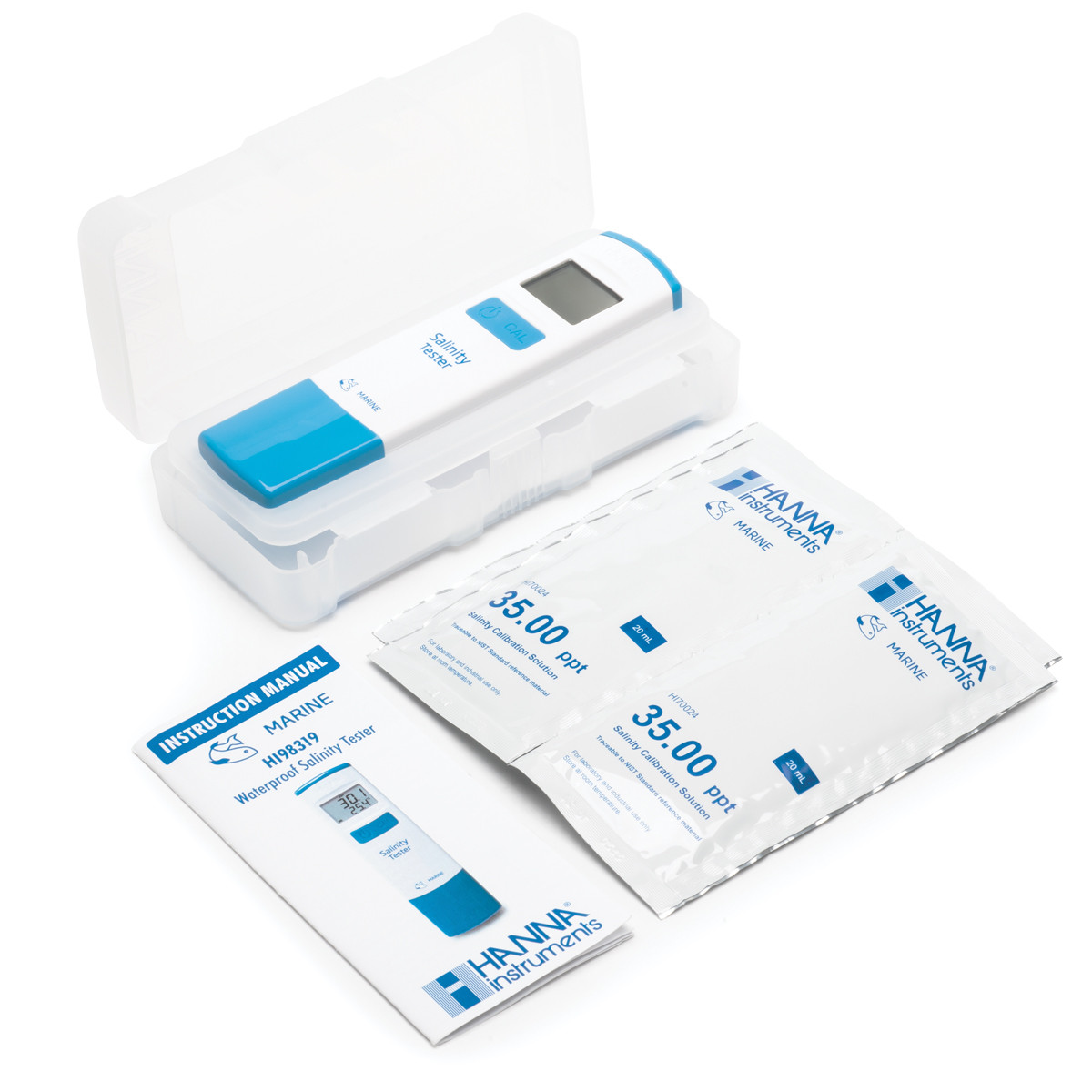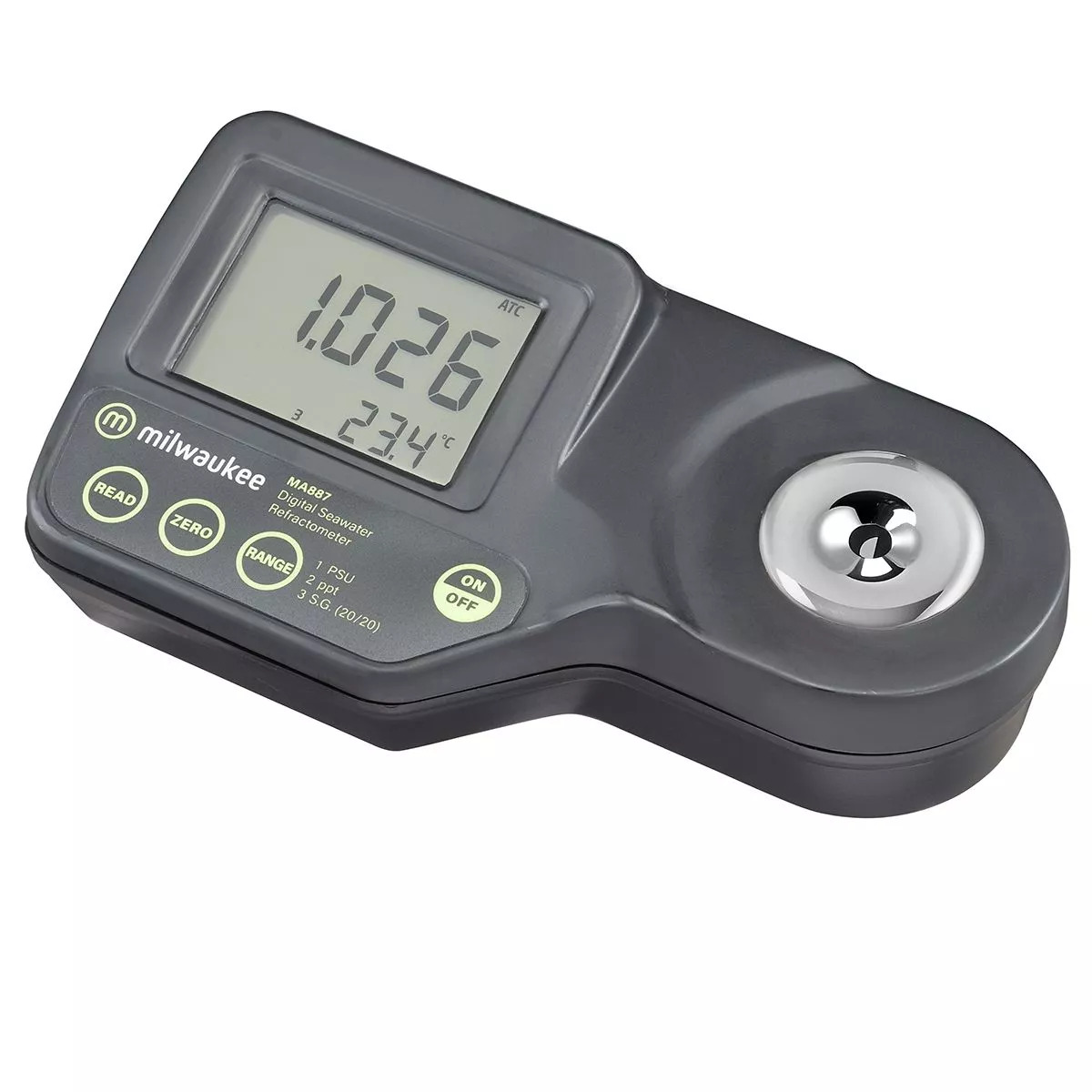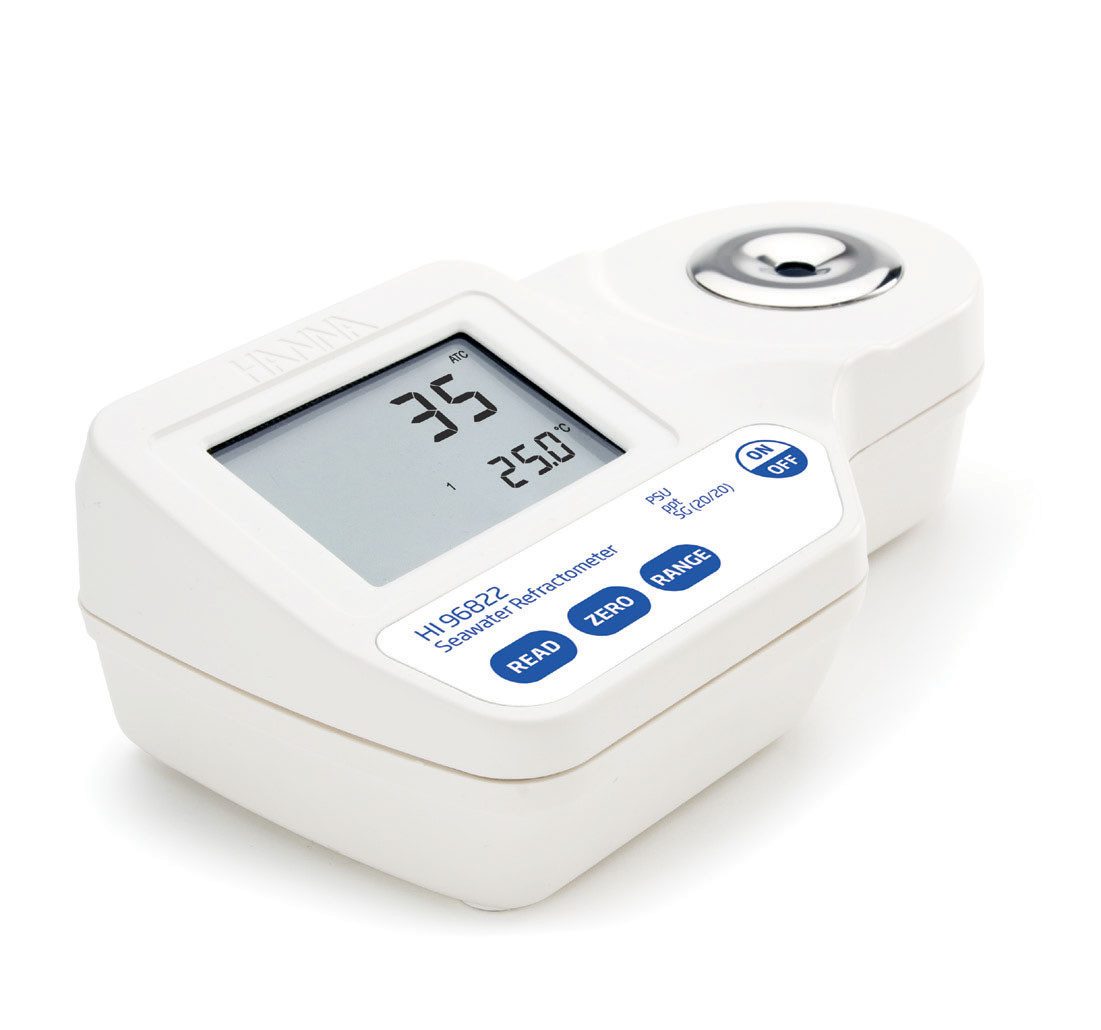Clownfish Salinity: Recommended Ranges, How To Raise and Lower
Posted by on 3/11/2023
Clownfish are some of the most popular aquarium fish in the saltwater hobby. Whether you're keeping them in a FOWLR (fish only with live rock) tank or pairing them with an anemone, it's important to provide the appropriate salinity levels.
In this post, we'll recommend the correct salinity levels for clownfish, and we'll also explain how to raise and lower your salinity.
Clownfish
There are 30 known clownfish species, all of which can be found in the warm water lagoons of the Indian Ocean, Red Sea, Pacific Ocean, Great Barrier Reef, Southeast Asia, and the Indo-Pacific.
The world's oceans where clownfish can be found are saltwater environments. Hydrothermal vents on the ocean floor, volcanic activity, evaporation, and dissolved minerals carried into the ocean by rivers and streams all play a role in the ocean's salinity levels.
If you're planning on caring for a clownfish in an aquarium, you'll need to recreate these salinity levels as closely as possible.

Recommended Salinity Levels for Clownfish
The recommended salinity levels for clownfish are 1.020-1.025 SG (Specific Gravity.)
Ocean water salinity is measured by specific gravity. Specific gravity can be interpreted as the ratio of the density of a given substance (in this case, salt) to the density of water.
In a clownfish's native habitat, specific gravity levels are typically between 1.022 - 1.025.
How To Measure Specific Gravity
Luckily for hobbyists, many reputable brands make tools for testing levels of specific gravity. Having a way to reliably test specific gravity is an important aspect of owning and maintaining a saltwater aquarium.
If you need to test your levels of salinity, the following options are a favorite amongst hobbyists.
Marine Salinity Tester by Hanna
Saltwater aquarium hobbyists may already be familiar with Hanna's egg-shaped water testing kits. However, this Rhode Island-based business also specializes in much more - including lab-grade and industrial testing devices.
Their Marine Salinity Tester is a reasonably priced option that produces results within seconds. Plus, it's pocket-sized and will only take up about 6 inches of space wherever you choose to store it.

Digital Seawater Refractometer by Milwaukee
Refractometers measure the salinity of a provided water sample. North Carolina-based Milwaukee Instrument's Digital Seawater Refractometer is a popular option for hobbyists looking for a reliable salinity tester.
Keep in mind that this tester comes without a case, and their foam-lined case is sold separately.

Digital Refractometer for Seawater Analysis by Hanna
While Hanna's Marine Salinity Tester is more affordable and does a good job at giving a basic measurement of salinity levels, for those of us who are looking for the most accurate tester, the Digital Refractometer for Seawater Analysis by Hanna is a top-of-the-line tool.
It's significantly more expensive than their salinity tester, but the extra cost may be justified for those of us with highly sensitive fish or coral.

How To Raise Salinity Levels
Raising salinity levels in a saltwater aquarium is a straightforward process. You'll need to make saltwater by mixing a product like Instant Ocean or Instant Ocean Reef Crystals and RO/DI water. Once you've mixed your saltwater, top off your tank, or perform a 10% water change.
After 6-7 hours have passed, re-test your water to determine if the salinity levels have increased. Repeat this process until your salinity is in the recommended range.
How To Lower Salinity Levels
Luckily for hobbyists, lowering salinity is even easier than raising it! All you need to do is remove some of the saltwater that's in your tank and replace it with RO/DI water.
Once you've waited about 6-7 hours, you can re-test your salinity.
Conclusion
Now that you know the importance of maintaining appropriate salinity levels, do you think you have what it takes to build the next award-winning tank?
Hopefully, you have all the knowledge needed to accurately test, raise, and lower salinity levels so that your clownfish can thrive for years to come. We welcome feedback in our comment section below, and don't forget to check out our marketplace and community forum where you can buy and sell with other hobbyists.
December's Giveaways on Light Fish










